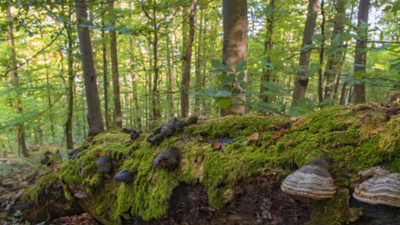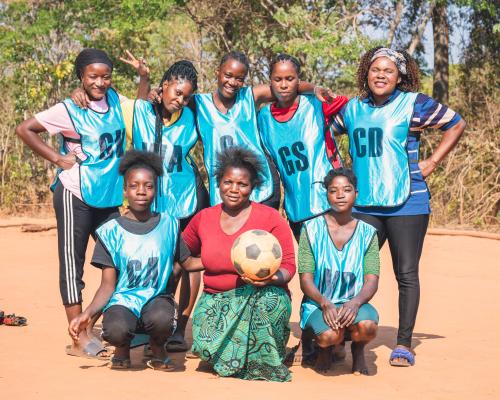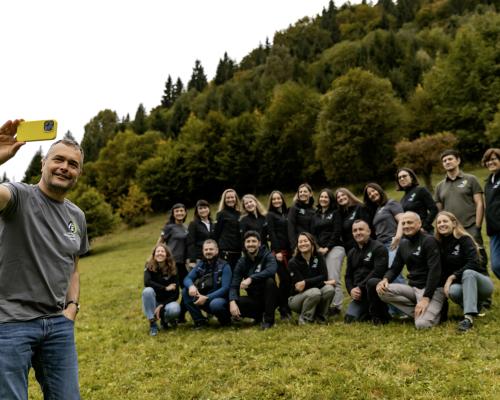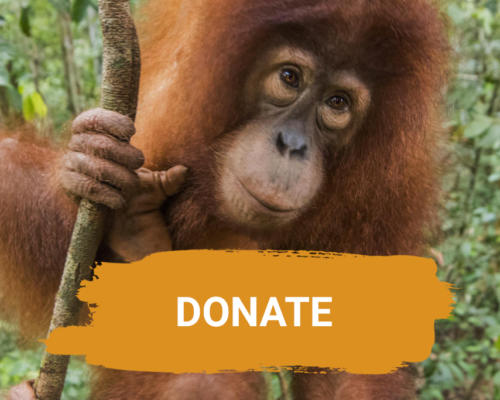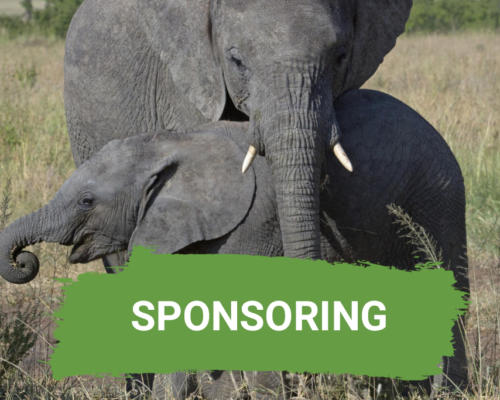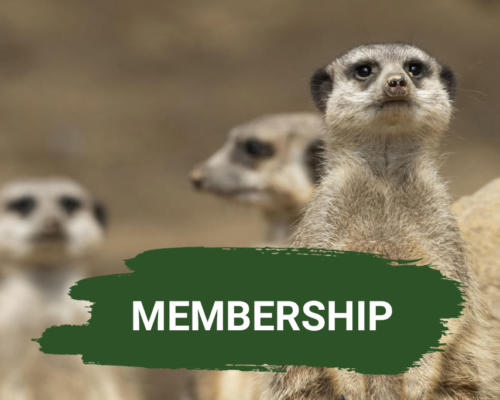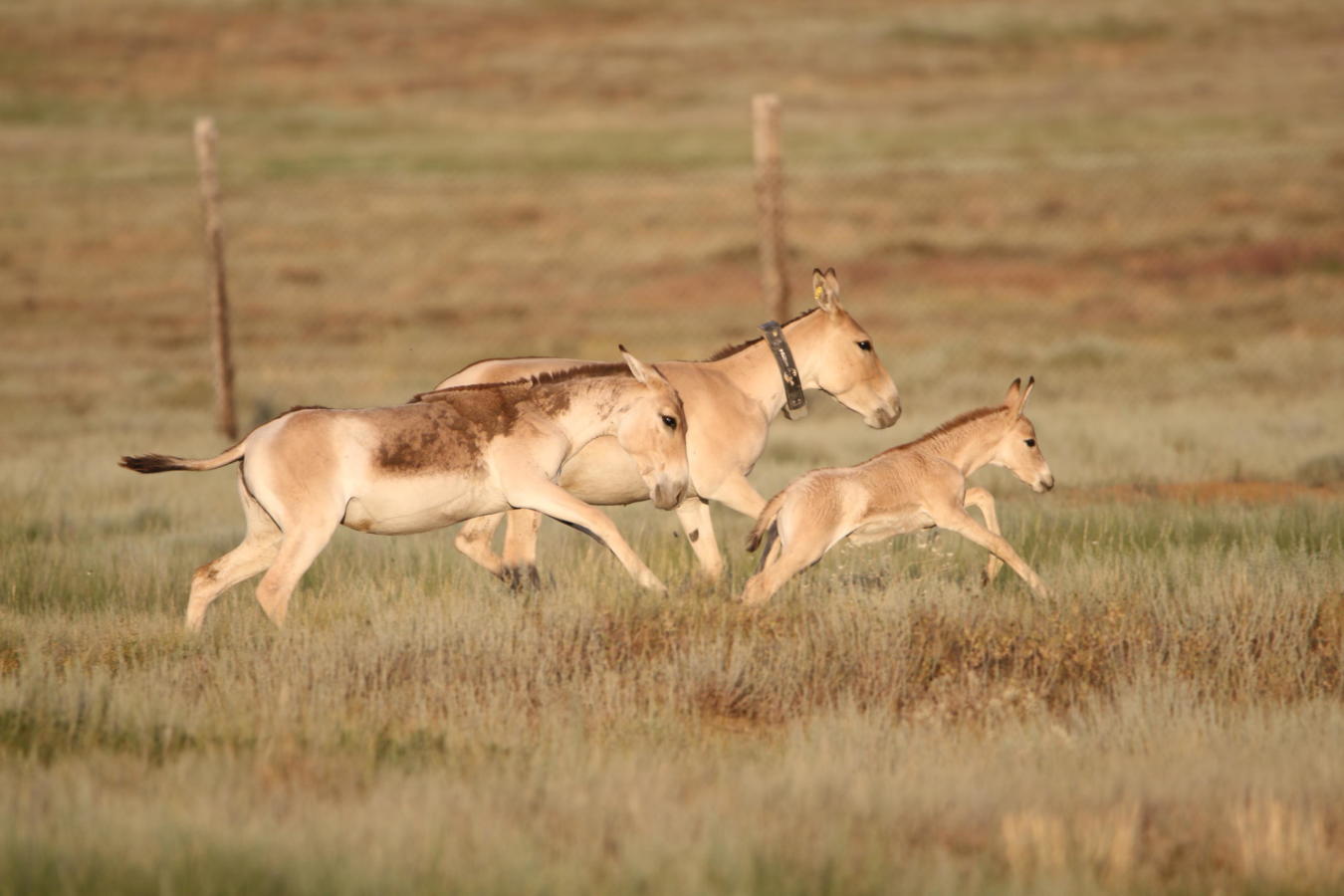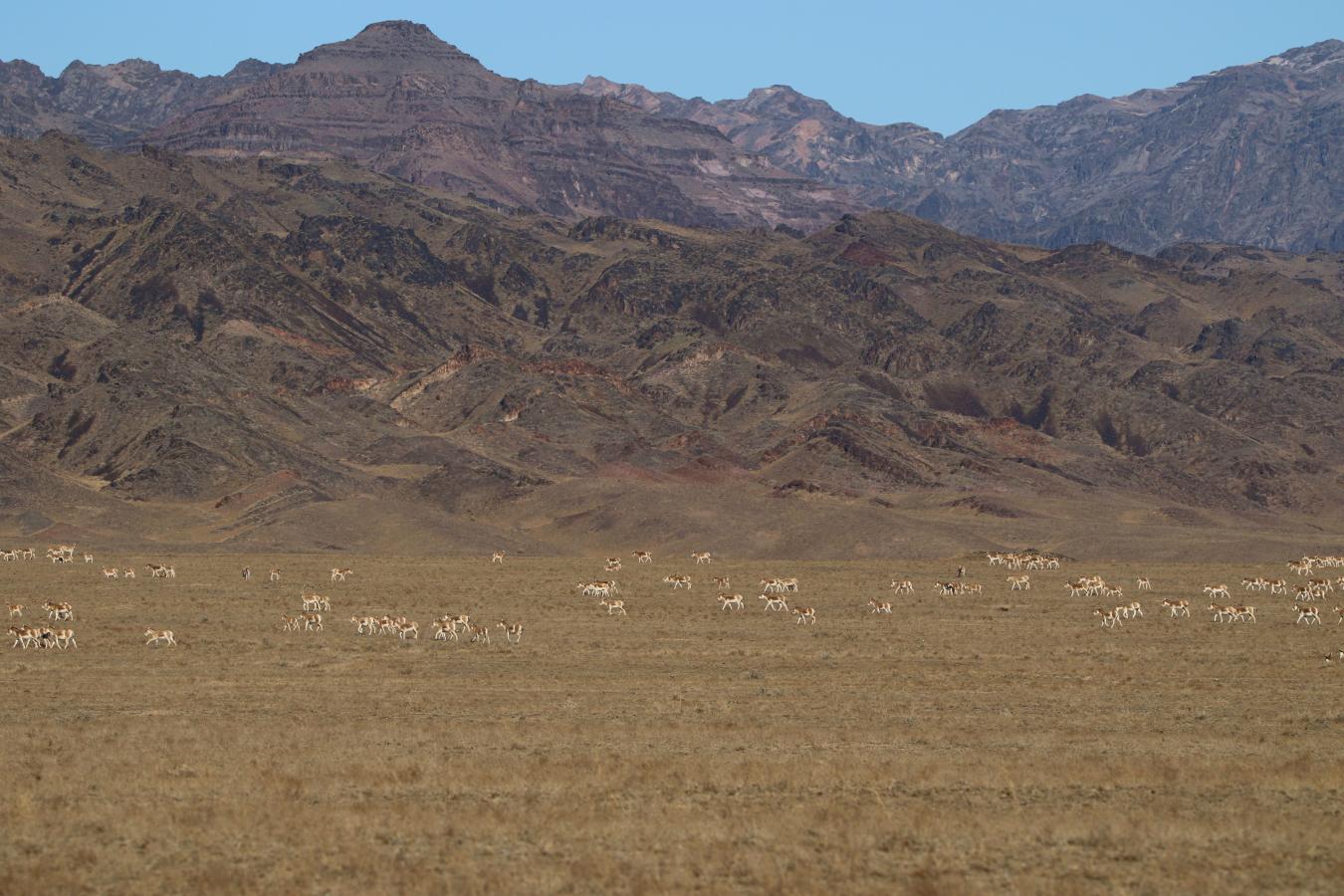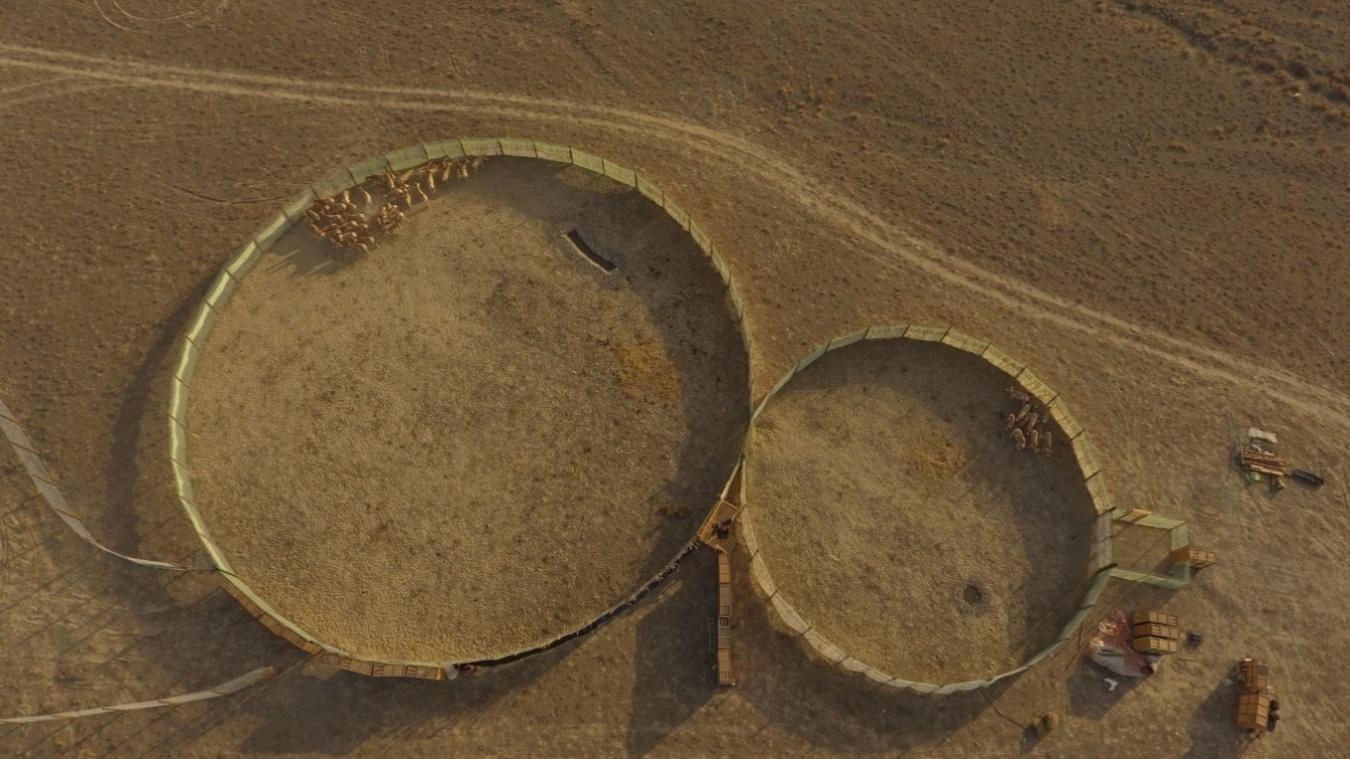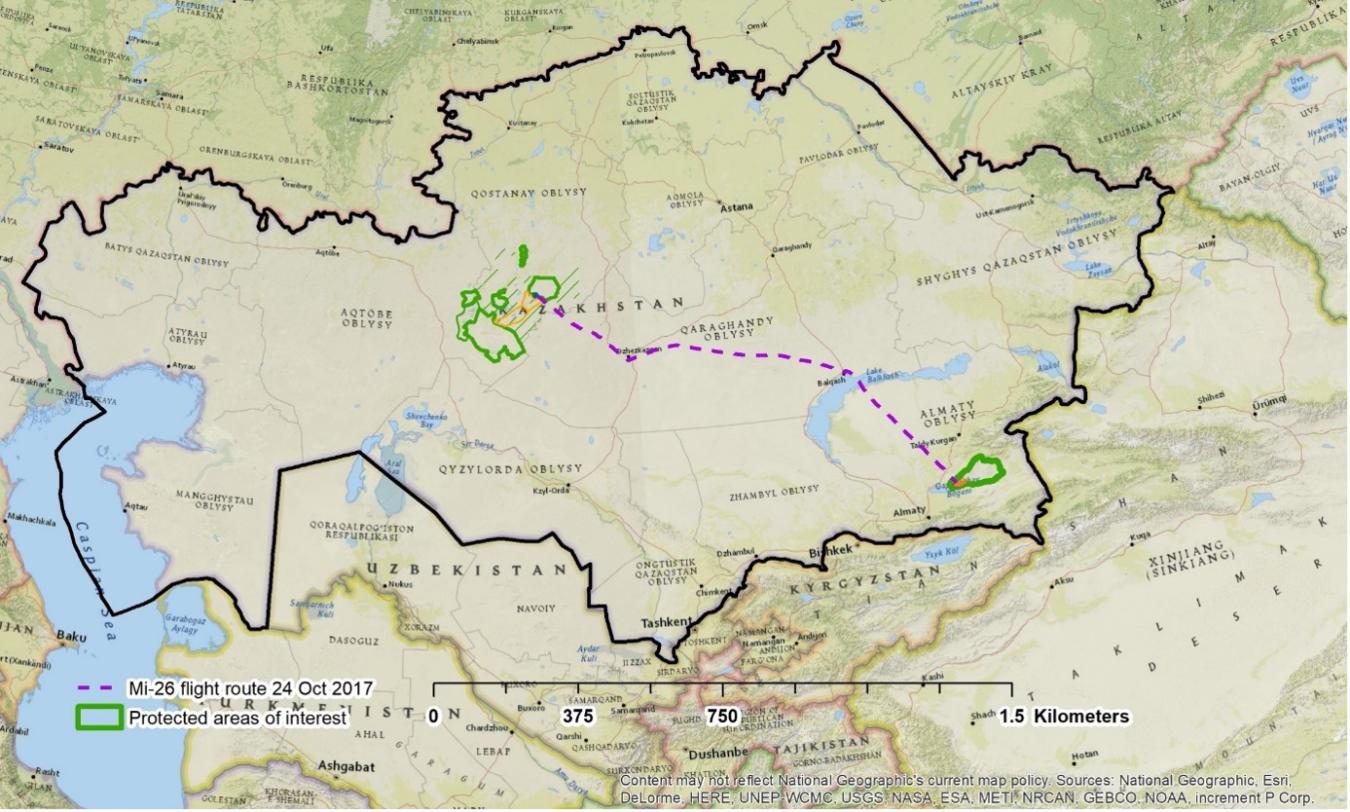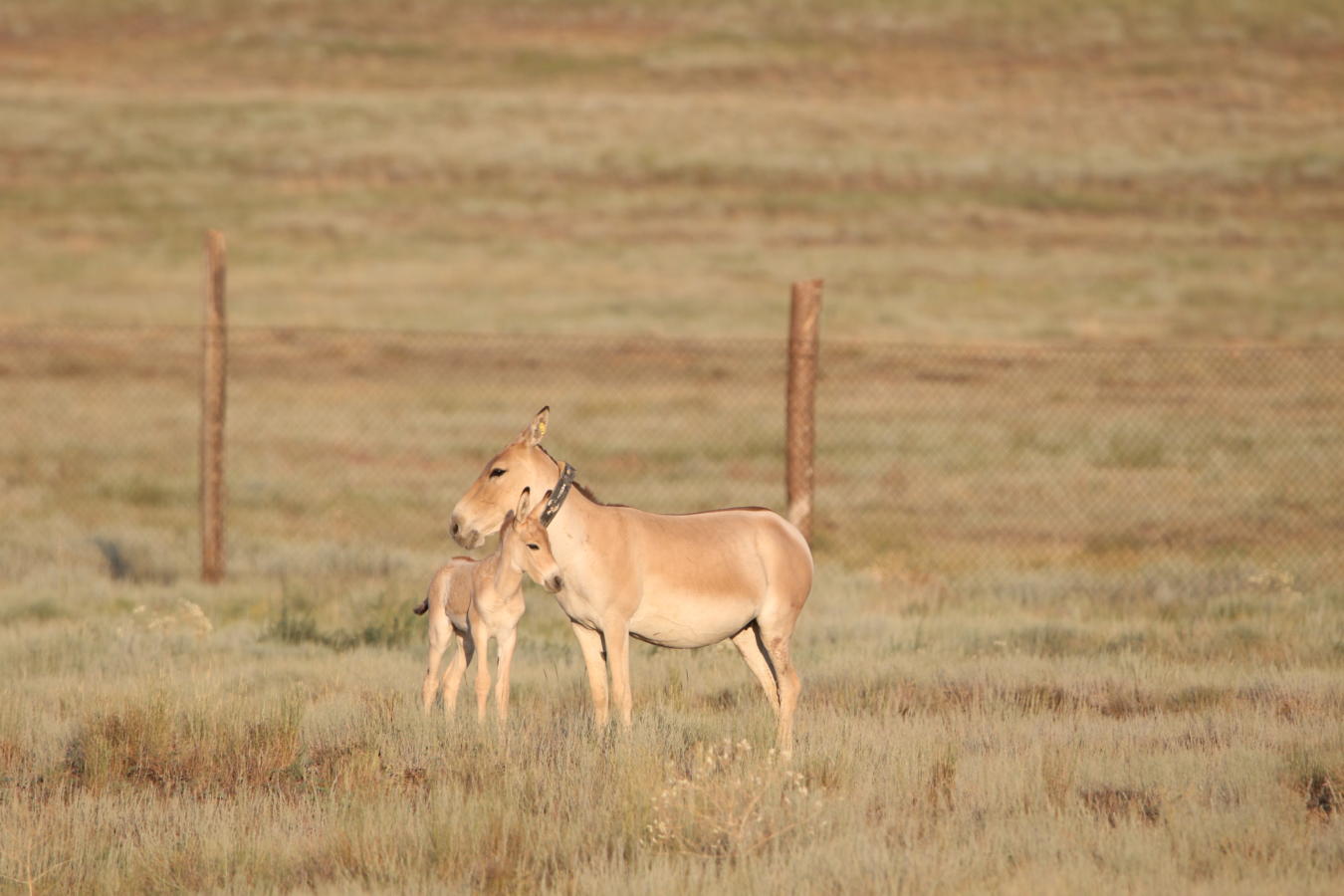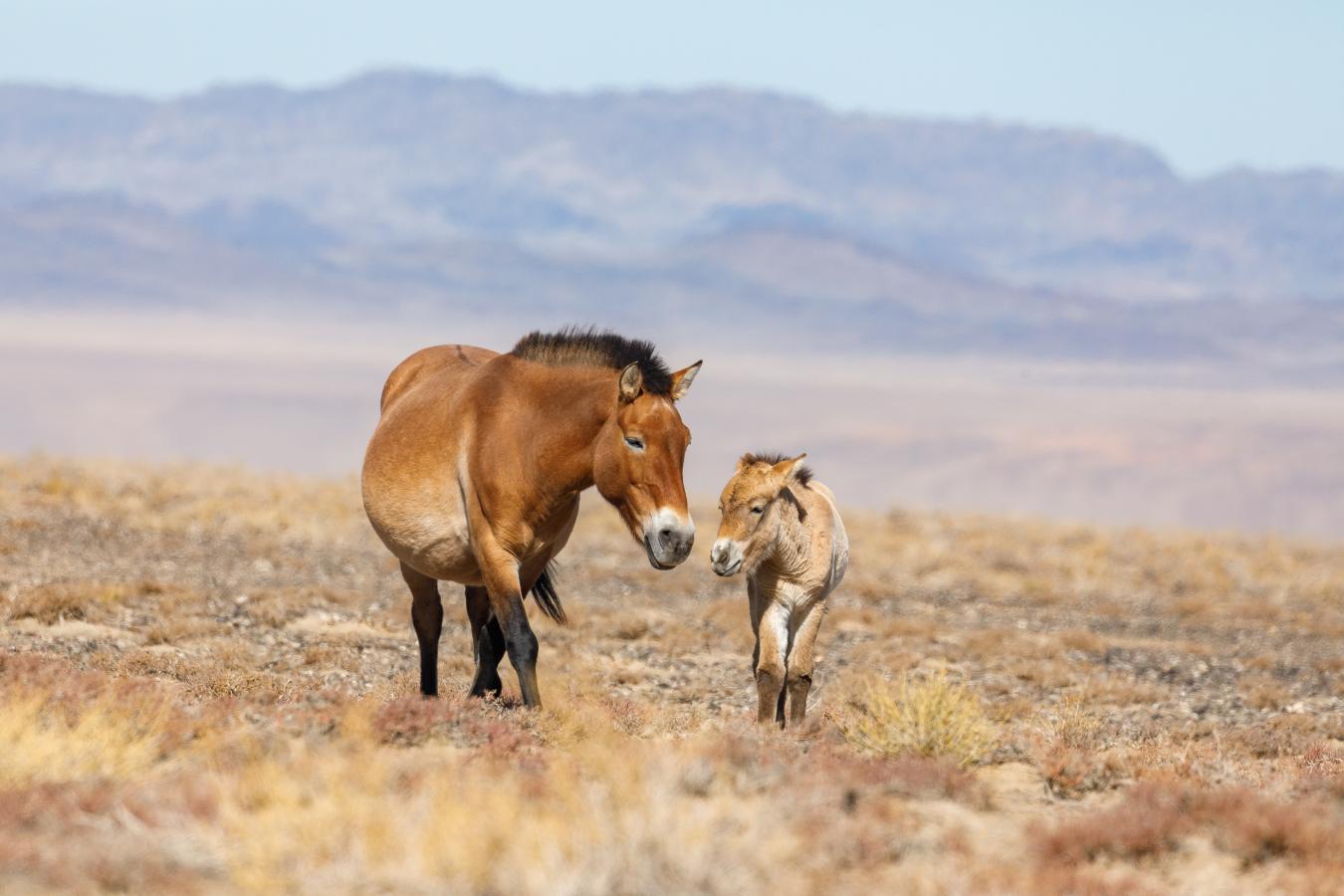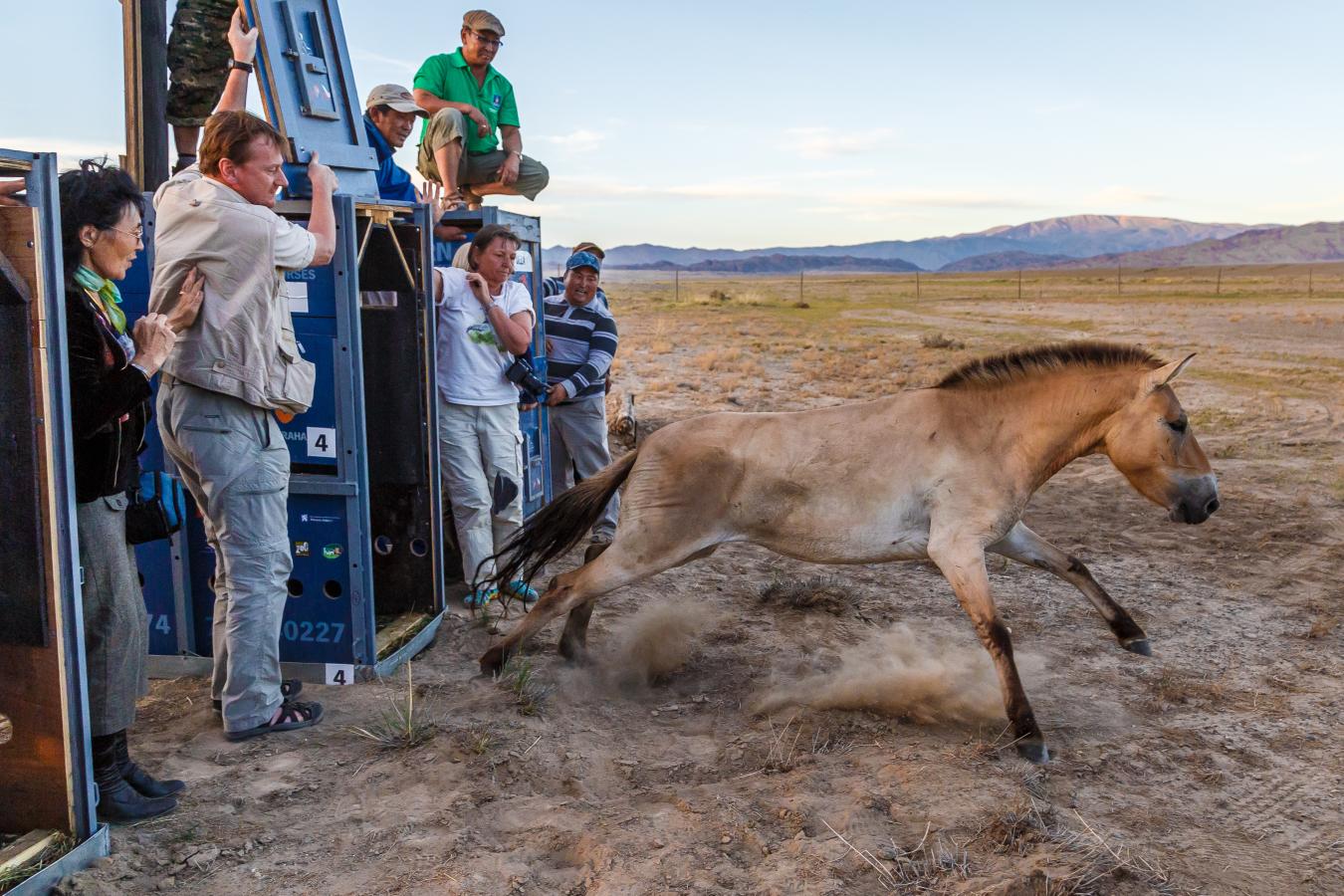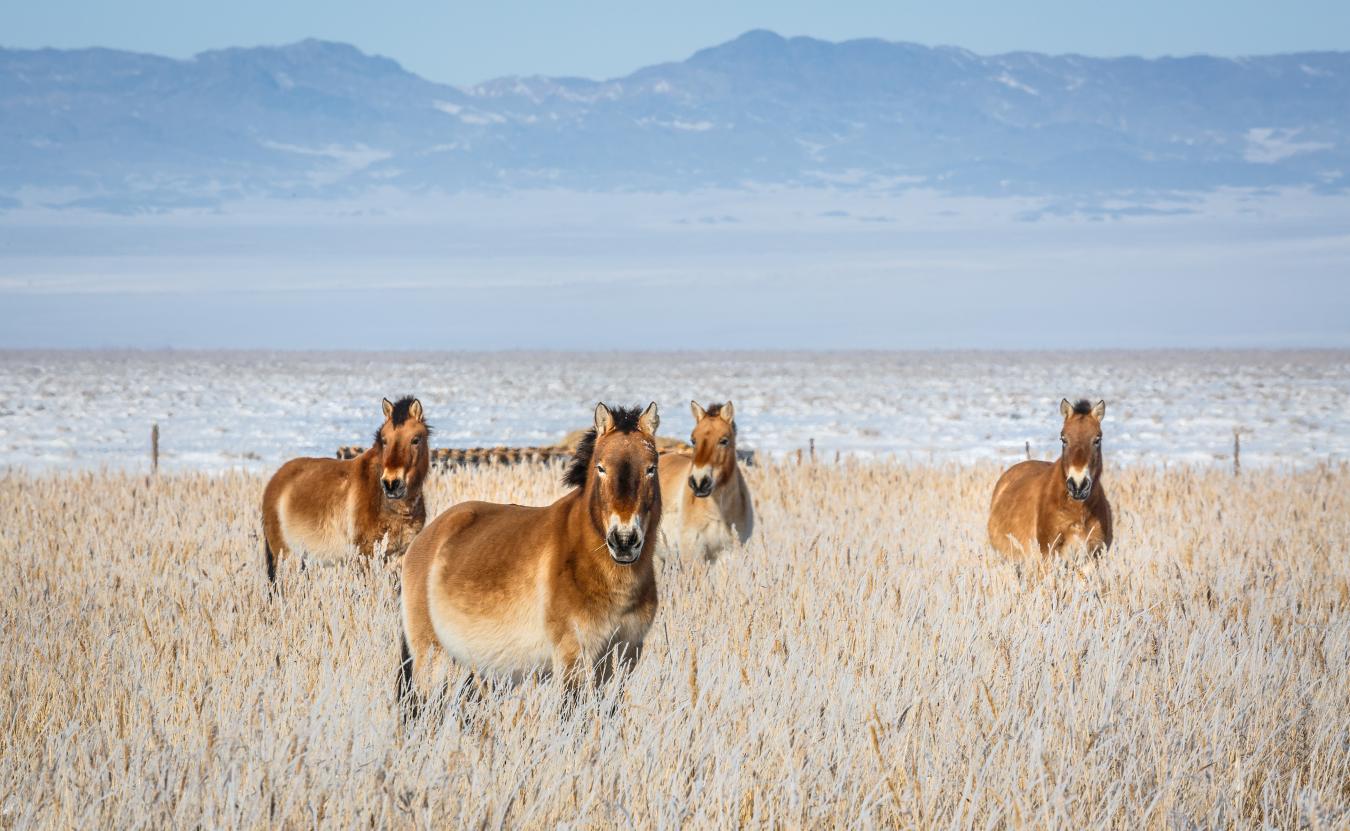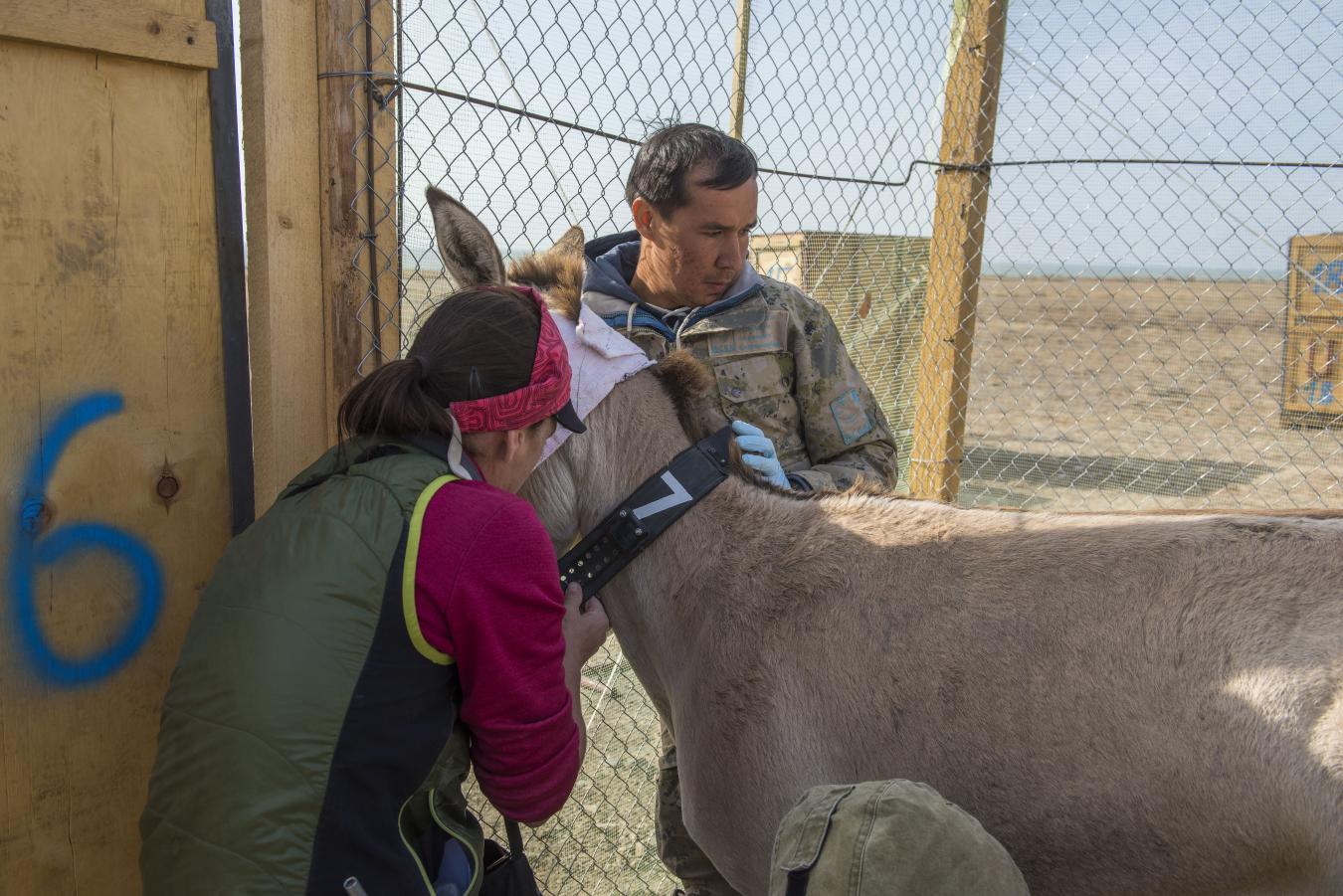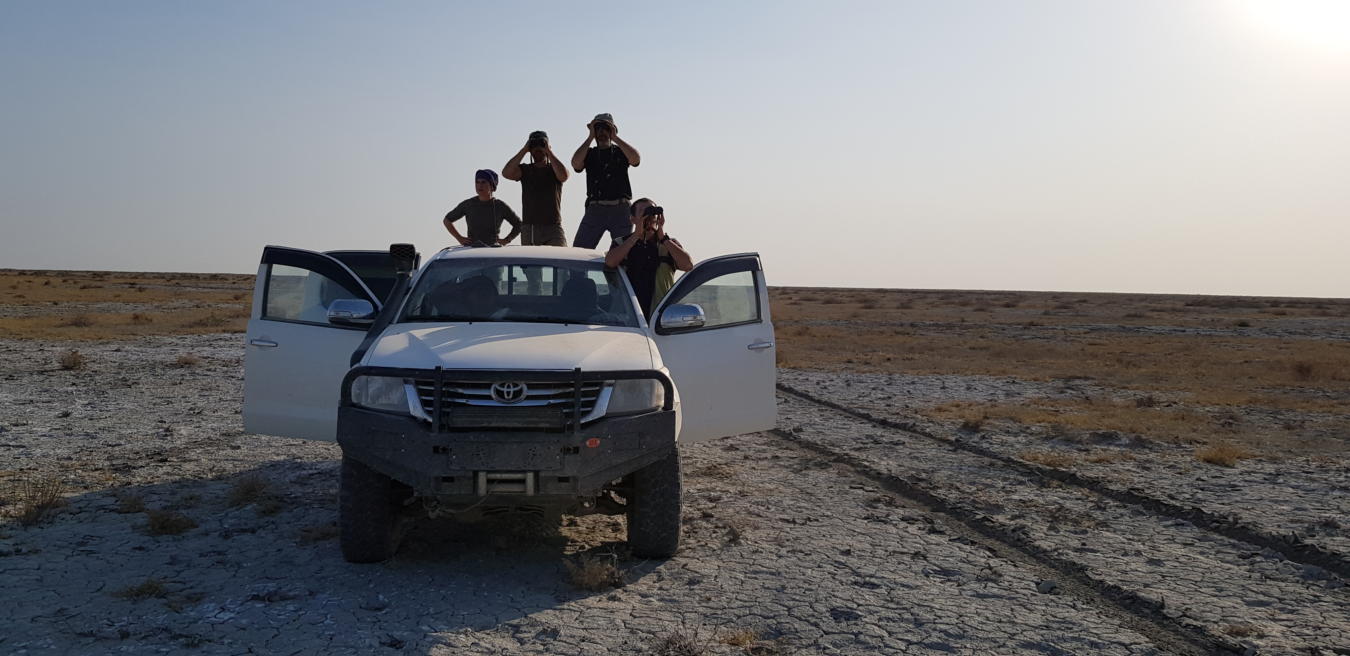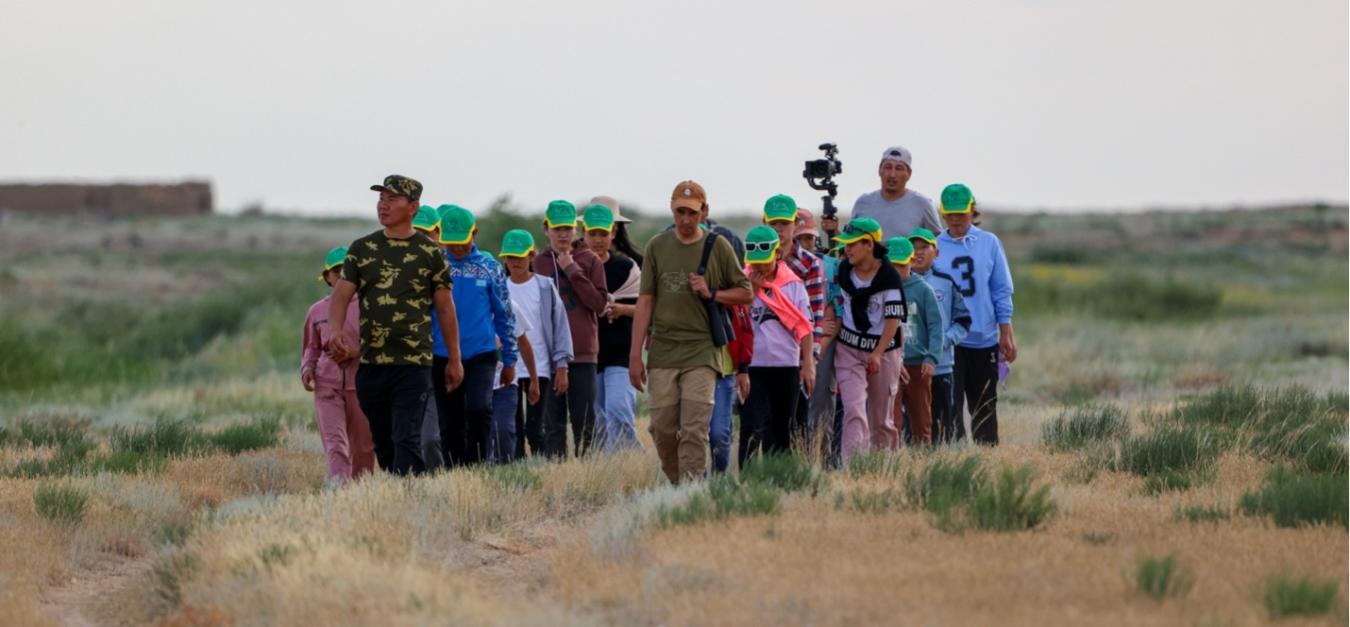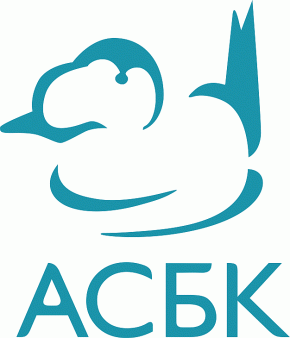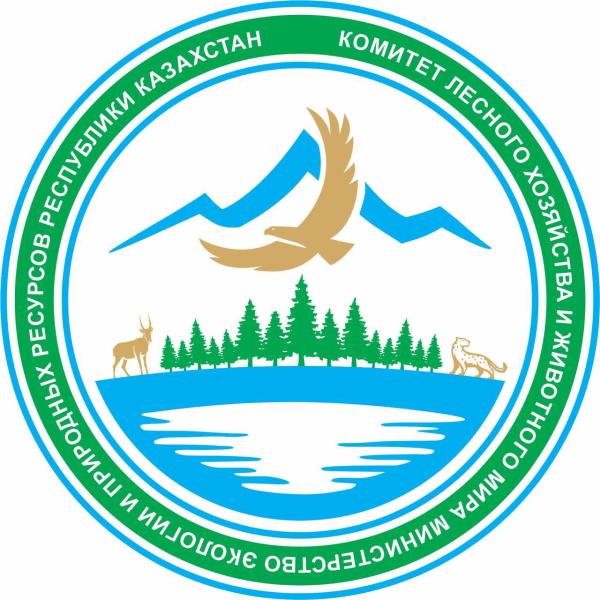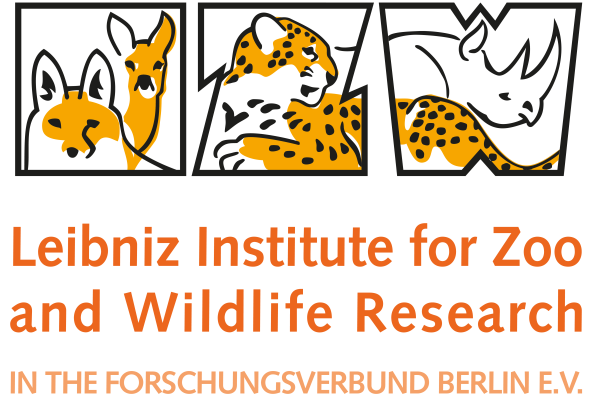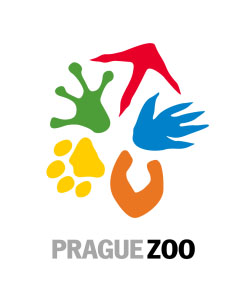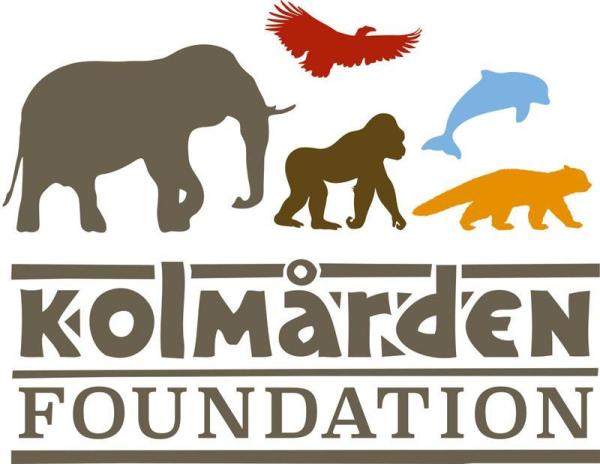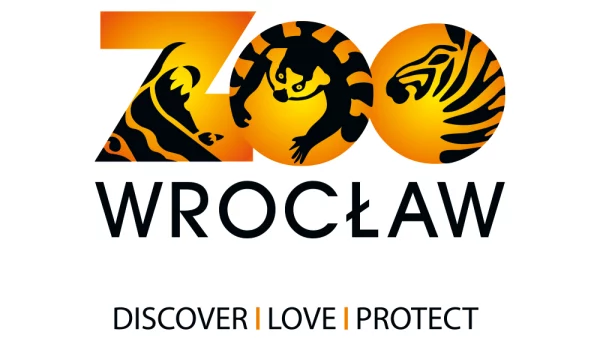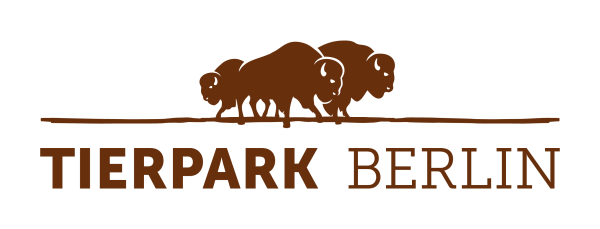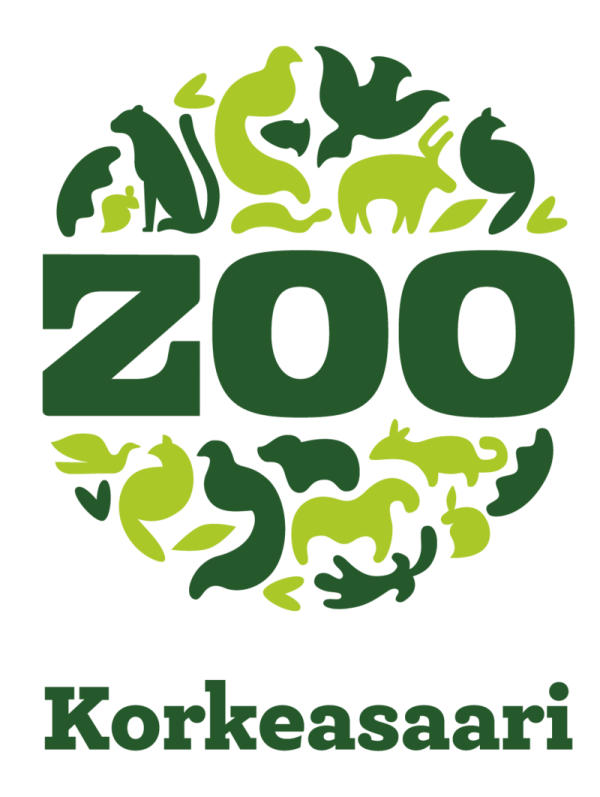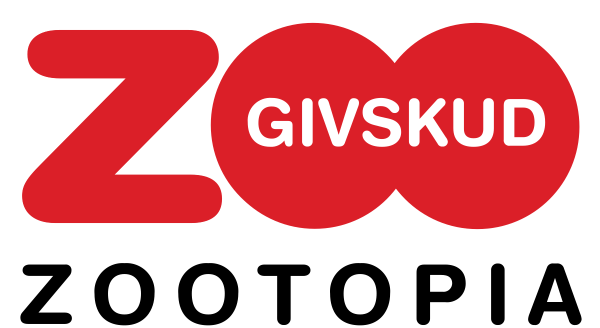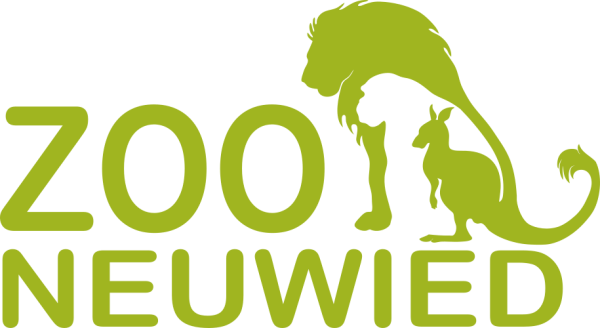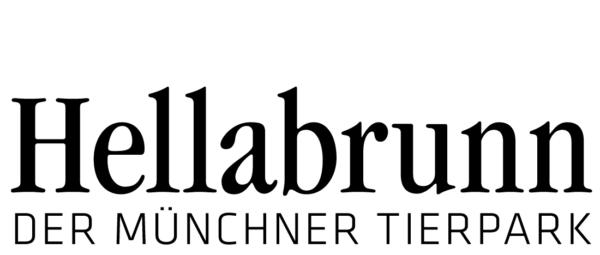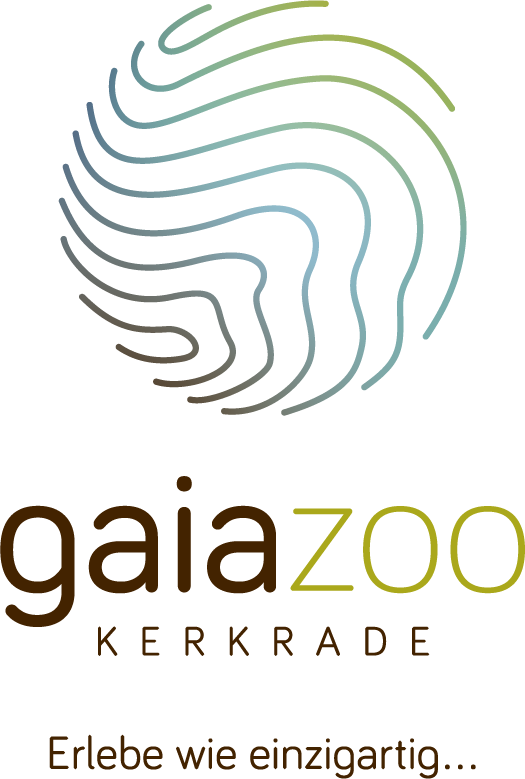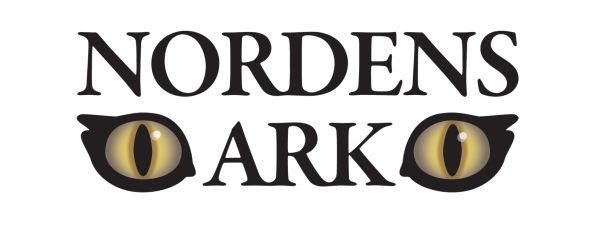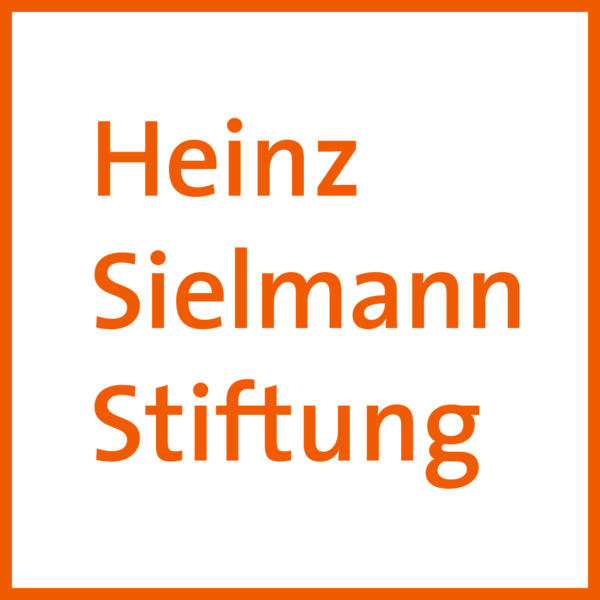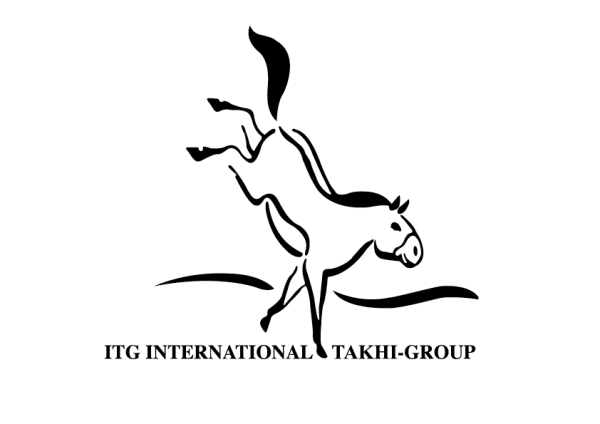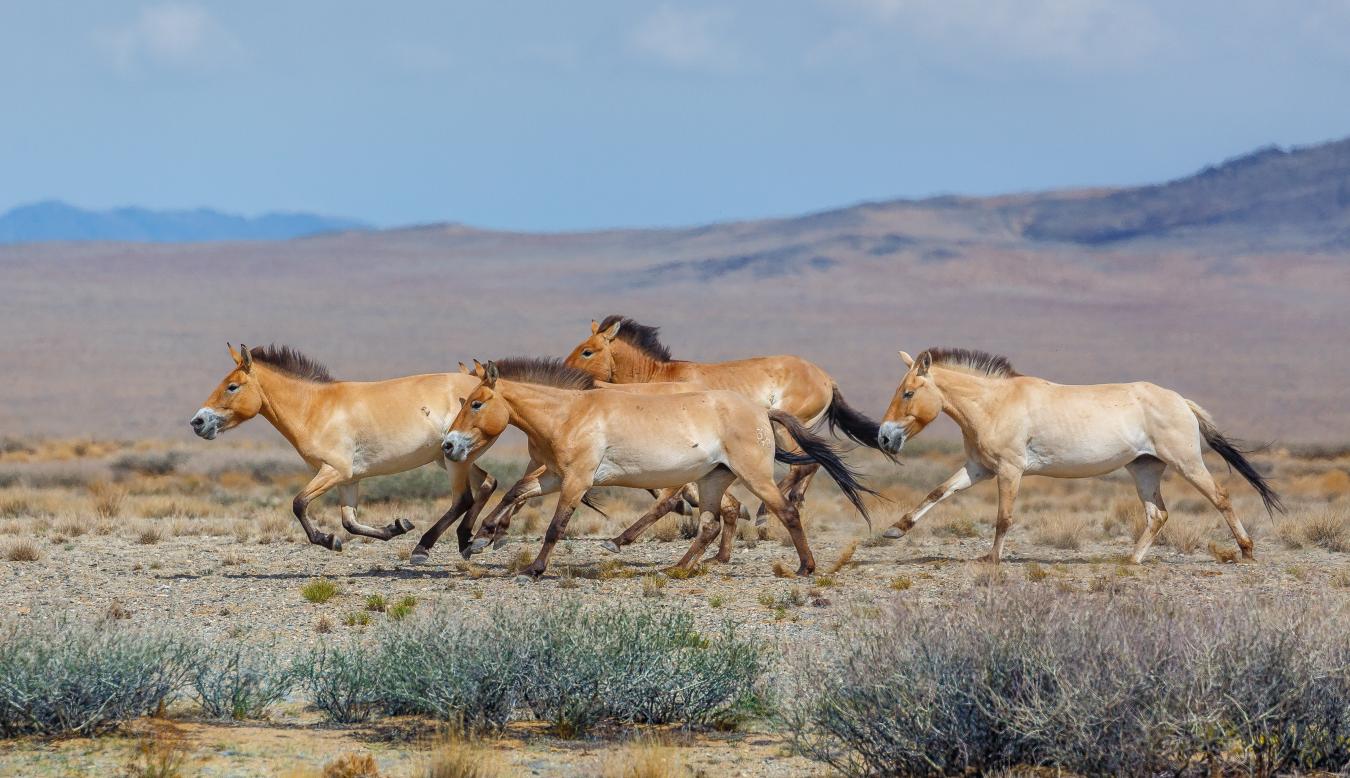
After almost 100 years of absence, Asiatic Wild Asses and Przewalski’s horses are returning to Central Kazakhstan. During the last centuries, human pressure eradicated these charismatic species from the grasslands. Through careful reintroduction, new populations are being re-established in the Altyn Dala project area. The mammals play an important role in the steppe ecosystem and in balancing the fragile network of its biodiversity. Kulan are being successively reintroduced to Altyn Dala since 2017 and will be joined by the first Przewalski’s horses in June 2024.
Our goal is to establish stable populations of Asiatic wild ass and Przewalski’s horses in the Altyn Dala project area. We have ongoing activities that are undertaken by the team on site, including monitoring the animals that have been released into the wider landscape, as well as those still in the acclimatization enclosure and ongoing maintenance of the reintroduction center itself. Seasonally, on our to-do lists are managing Kulan transports within Kazakhstan, and supporting Przewalski’s horse transfers from Europe to the steppe.
Prague Zoo, as well as being a hub for horses from Europe alongside Tierpark Berlin, leads on the complex legislative and logistical challenges of exporting an endangered species across the planet. Our long standing partner ACBK ensures that once the horses have landed in Kazakhstan their well-being and adaptation is secured for a long life in the steppe. As a key partner in this project, Kazakh Government’s Committee for Forestry and Wildlife leads on all matters inside Kazakhstan.
Poaching and competition for food with livestock completely eradicated wild equids from Kazakhstan by 1930. The surge of poverty that followed the collapse of the Soviet Union in 1991, however, led to mass migration away from rural areas into towns, leaving an area the size of France in central Kazakhstan almost devoid of people and livestock. This opened up the unique opportunity to enrich and protect an immense contiguous habitat with its natural fauna. Like the Serengeti in Africa, the central Kazakh plains are an important target for landscape-level restoration and a refuge for the last migrating herds of large mammals on our planet.
Inherent to steppe ecosystems are large grazers, and for Kazakhstan, these are Przewalski’s horses and wild ass, called Kulan. As its native megaherbivores, they redistribute resources over long distances: their dung enhances soil fertilization, boosts insect numbers and disperses the seeds of stationary plant species. This increases vegetational diversity and helps the ecosystem resist desertification and wildfires, two major causes of carbon being released from the soil. The megaherbivores further provide services for smaller wildlife in the landscape by facilitating access to water through their digging in dry riverbeds and lakes, and by exposing fodder hidden under thick snow cover in winter. And like all ungulates, they feed into the food web as prey for large predators such as wolves, and their carcasses serve as a food source for scavengers. The impact of Przewalski’s horses and Kulan strengthens the steppe ecosystem and provides habitats for many smaller species, such as ground nesting birds.
The Kulans are wild animals captured from the world’s largest Kulan population in a National Park at the southern border of Kazakhstan. Transporting them all the way to the central steppe is a complex logistical undertaking: they are fast, cunning, and extremely shy. When put under pressure, Kulans can also become very dangerous. This makes a solid capture enclosure and transport boxes, trained personnel and 4×4 vehicles indispensable for a relocation. The Przewalski’s Horses, however, will be sourced from Europe and provided by participants of the EEP (European Endangered Species Programme). Prague Zoo, as EEP Coordinator and experienced in successful Przewalski’s horse reintroductions to Mongolia, is well placed to lead the horse selection and transportation process. A team of experienced veterinarians will oversee the horses during the flight from Europe to Kazakhstan, as well as the over-land transfer of Kulans within Kazakhstan.
The designated large herbivore reintroduction centre “Alibi” is strategically located in the Torgai steppe within an established network of nature reserves connected by ecological corridors totalling 40.000 km2. Upon arrival to Alibi the animals will be divided into appropriate groups and spend some time in the acclimatization enclosures before being released to the surrounding steppe landscape. Comprehensive ranger patrols and specialists will then continue to monitor the hooved pioneers.
A solid database is crucial for meaningful conservation work. Prior to release, suitable animals receive a tracking device. We analyze the GPS data to determine the migration routes of the collared Kulan and, in future, Przewalski’s horses. In addition, we use drone technology to “oversee” large areas. An AI program that can independently detect animal occurrence on the immense graphic material of these flights is currently being developed.
We actively involve local communities in the reintroduction program through field trips and educational experiences for school children. Staff visit local people in the project area to explain the project aims and to help familiarize the people with the importance of Kulan and Przewalski’s horses. Transparency and communication are key for peaceful coexistence of wilderness and civilization. Furthermore, informative materials such as posters and comics for children have been produced.
Alongside our international partners, we are looking ahead – into a future with a steppe full of Przewalski’s horses and kulan. Join us in writing this new future for the steppe – with hoof prints on dusty soil.


